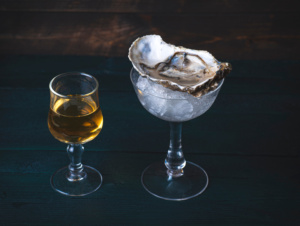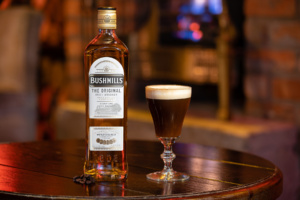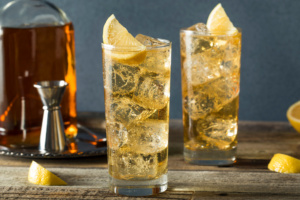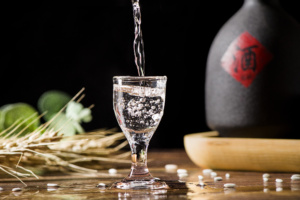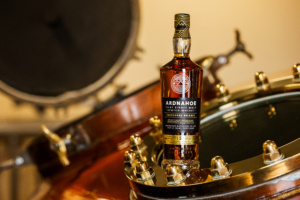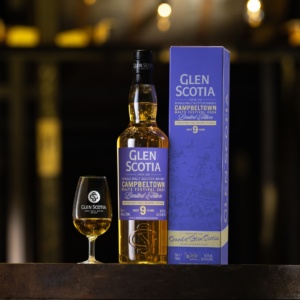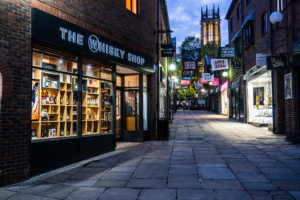Bourbon vs Scotch: What's the Difference?
Ah the age-old discussion of Scotch and bourbon. Sure, people have their preferences but are there any real differences between the two?
I mean both are made using yeast, water and a fermented grain mash. Both are distilled producing a new make spirit which is then matured to a beautiful dark liquid to be savoured.
Look deeper, however, and find differences in ingredients, distillation and maturation which all leads to a different dram all together.
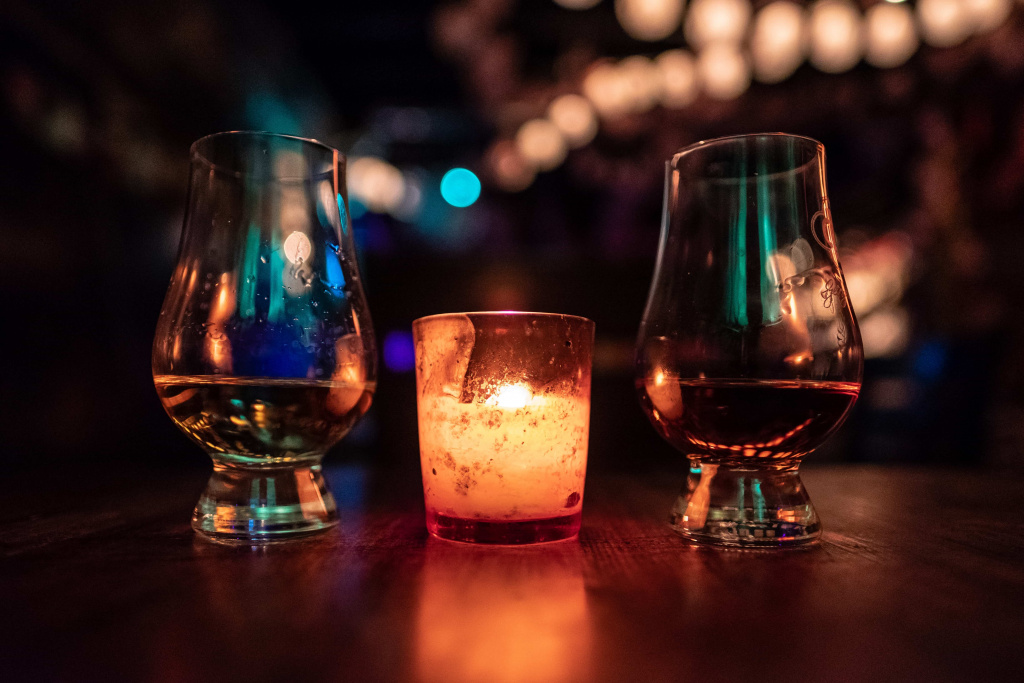
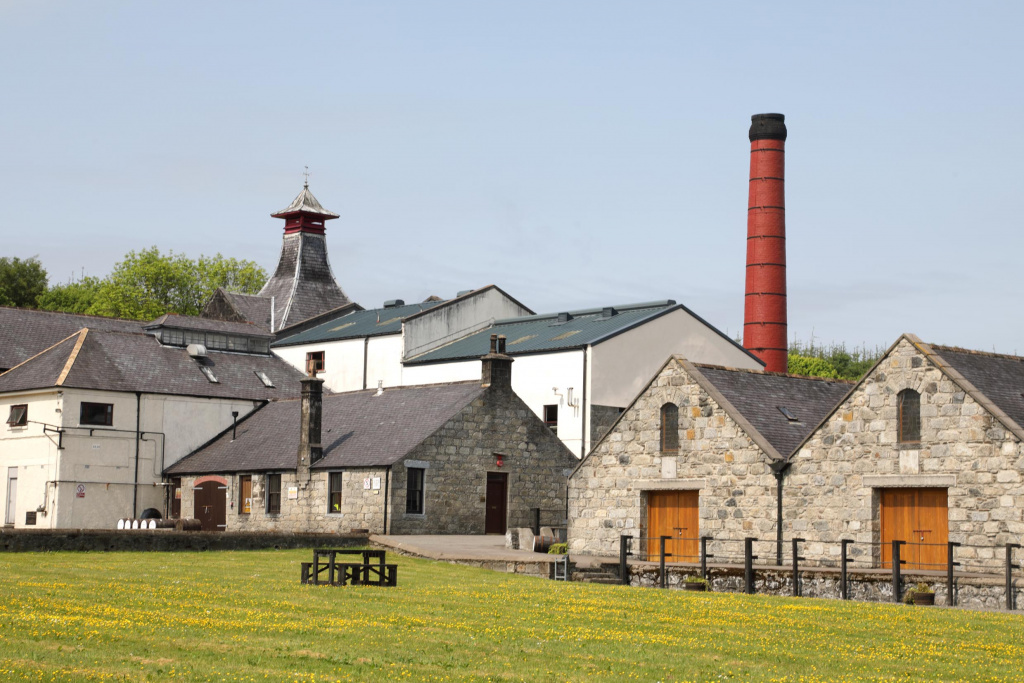



Location
The obvious difference between the two spirits is geography. In fact, the law plays a significant part in what can and can’t be called Scotch and what qualifies as being called a bourbon. For a Scotch whisky to be legally recognised as Scotch, it must be produced and bottled in Scotland. A bourbon can only be legally called a bourbon if it has been produced in the US. This is because in 1964 US Congress declared bourbon “Americas Native Spirit". According to the Kentucky Distillers’ Association 95% of all bourbon is made in Kentucky. Kentucky Straight Bourbon Whiskey is used to indicate a straight whiskey made in Kentucky from a mash of at least 51% corn grain. More on the ingredients later. But wait, if bourbon can be made anywhere in the US, why is Kentucky associated so much with bourbon? Kentucky has a rich history with distilling spirits and bourbon coming out of Kentucky has always been renowned for its quality, thanks to three key reasons:- With Kentucky being located above vast deposits of limestone, hard iron is filtered out of the water sources for the distilleries and the sweet-tasting calcium and magnesium is imparted even when taking it straight from the stream.
- The wild Kentucky climate with cold winters and hot summers help the oak interact with the spirit much faster, making the maturation process quicker and delivering rich sweet notes.
- The ground is extremely fertile and offers an ideal environment for growing corn, the main ingredient of bourbon. An influx of settlers crossing from the Appalachian Mountains quickly learned how good the ground was for growing corn. Those travelling from states with a history of distilling changed their original recipes that contained rye, to corn. As Scottish and Irish immigrants arrived throughout the 18th Century they brought their knowledge of distilling with them too.
Ingredients
The first difference in the manufacturing process comes down to the ingredients used. Before we get into the differences between Scotch and Bourbon lets drill down on the different types of Scotch whisky. There are two main types of Scotch – single malt and single grain whisky. Many blends use a combination of both. Single malt whisky is produced at one single distillery using 100% malted barley. It’s important to remember that although single malt whiskies are produced by a single distillery, they can be a combination of whiskies from different casks. Whiskies bottled from one cask are known as single cask whiskies. Single grain whisky is again whisky produced by a single distillery but is made from any cereal grain including a mixture of barley. Going stateside, for a whiskey to be considered a bourbon the grain mash must be at least 51 percent corn, with a predominately corn mixture producing those beautiful sweet notes. The remainder of the mash can consist of barley, rye and wheat. Both Scotch and bourbon can only have three natural ingredients; grains, water and yeast. Neither could legally be called Scotch whisky or bourbon if any other ingredients are added to the mixture.
Distillation
We’ve covered the geographical boundaries and how ingredients can differ between Scotch and bourbon, now let’s get into the distillation process! Scotch whisky must be distilled at an ABV of no more than the precise amount of 94.8% and bottled with an ABV of at least 40%. Some distilleries in Scotland use peat to heat the stills some dry damp malt over a peat-heated fire which brings a smoky character into the barley. The length of time the barley is exposed to the strong peat smoke when drying determines the level of smokiness of the whisky. Whilst peat isn’t always used when producing Scotch, it is never used when distilling bourbon. Single malt Scotch tends to be distilled in pot stills with grain whiskies usually being distilled in column stills, allowing them to be operated continuously. Pot stills produce spirits in batches. Bourbon whiskey is distilled at no more than 80% ABV and bottled at a minimum of 40% alcohol (80 proof). Bourbon is also typically made using a column still before being double distilled in a doubler. The doubler is a type of pot still that further purifies the spirt. Bourbon is typically distilled at between 130-135 proof with the distillate often reduced to 125 proof or lower, allowing the spirit to mature much quicker.
Maturation
Now we get down to the maturation and aging of the spirit, a process that can never be rushed. With Scotch, there’s a lot of room to experiment with different flavour profiles using different types of casks for aging and finishing. This is because Scotch whisky can be matured in oak barrels that have previously contained other spirits. Examples include bourbon, sherry, port, red and white wine as well as rum. For a bourbon to be legally called a bourbon it can only be matured in new oak barrels. This means after they’re used for storing bourbon they’re then sold onto other distillers, mostly Scotch. The length of time spent aging varies but it’s important to note that Scotch must spend a minimum of 3 years maturing before being bottled. There is no minimum time period for bourbon to be matured, but any that is aged for less than four years must have the age stated on the label. However, for a product to be called straight bourbon, it must be aged for at least two years.
 4.7/5 with 10,000+ reviews
4.7/5 with 10,000+ reviews
